Relationship between extraction area and extraction time of coffee brewing
In this article I will talk about how to increase and decrease coffee extraction from a theoretical level.
(Angela Grieve, a Hustle subscriber, emailed me this question, so Angela, this post should have the answer you're looking for!)
There are several variables that can be adjusted for extraction, two of which are extraction time and extraction area. These two variables are inextricably linked in any brewing method, and you can't change one without touching the other.
Extraction Time
If you increase the contact time between water and coffee powder, you will extract more flavor substances. If the water and coffee are in contact long enough, extraction continues until nothing more dissolves. All we have to do is figure out the point in time when the extraction reaches its optimal flavor value.
There are actually two different aspects of the variable extraction time that need to be considered separately. The first point is what water extracts and when to start extracting, which basically depends on the contact time between water and coffee powder; the second point is whether water can extract flavor substances in coffee powder smoothly, which is related to both extraction time and extraction area, so I will analyze it later.
What can water extract & when to start extracting
All the soluble ingredients in coffee have different solubility (this may sound odd, but let me get this straight). Salts, sugars, acids, phenols, fats, and lipids all take different amounts of time to dissolve into water. Some dissolve as soon as the water comes into contact with the coffee powder, while others may take a little longer. We need to take these into account when brewing coffee, because changing the contact time between water and coffee will affect the amount of soluble substances dissolved. The easiest and first to dissolve in coffee are fruit acids and organic salts (which bring a light, fruity flavor); then light aromatic substances (which bring flavors such as nuts, caramel, vanilla, chocolate, butter, etc.) due to the Mena reaction and caramel reaction; and finally heavy organic substances (which bring flavors such as wood, ash, malt, tobacco, etc.).
The most common mistake people make is to extract too short, because most coffee lovers reading this article don't really accept gray or bitter flavors. Unfortunately, too short an extraction often sacrifices sweetness. Coffee, as always, makes us compromise.
Surface Area
Increasing the contact area between coffee and water makes it easier for the water to extract flavor compounds. When you grind coffee into powder, the surface area of coffee multiplies.
You can think of the coffee bean as a cube with six sides, each of which has an area of 1 cm2, so the cube has a surface area of 6 cm2.
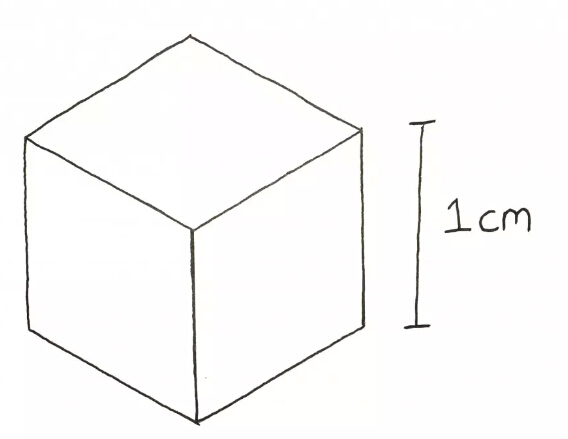
Cut this cube in half and then in half…until you have 8 smaller cubes. At this point, each cube has a side length of 0.5 cm and a surface area of 1.5 cm2. The total area of these eight cubes will be 12 cm2, and the surface area that water can contact increases. It didn't take much to double the extraction area.
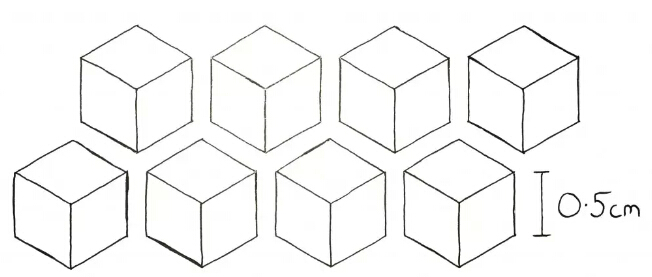
The cubes were then subjected to a rough grinding process, resulting in 64 small cubes with sides of 0.25 cm. The surface area of each small cube was 0.375 cm2, and the total surface area became 24 cm2. Double again!
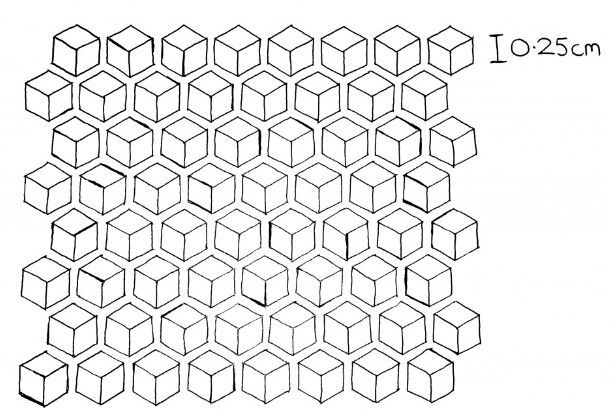
Under normal Italian grinding conditions, this 1cm cube would be crushed into hundreds of small particles, and you can imagine how the extraction area of coffee would increase exponentially. As the surface area of coffee extraction increases dramatically, it becomes easier for water to dissolve most of the flavor compounds in coffee. Okay, I'm not going to draw you 1024 cubes.
Inside these hypothetical cubes, there are plenty of flavor compounds that are not immediately accessible to water. This is why coarser coffee grounds take more time to extract than finer grounds: it takes some time for water to get inside these coarser grounds and then dissolve the flavor substances inside and transport them to the external solvent. When it comes to fine powders, all the water has to do is touch them and everything dissolves. This comparison should give you an idea of how important extraction area is in increasing extraction.
The most important thing I want to tell you here is that the size of the coffee powder does not actually change the substances extracted, the only thing it changes is the timing at which they are extracted. All the flavor compounds are there all the time. They're stored in the beans waiting to be extracted. Grind it finer or coarser just to expose the water to more or less flavor in the first place.
Another way of thinking about extraction area is that when we think about how to adjust the grind, we're thinking about "how much coffee flavor do you want to hide away from water" or "what percentage of flavor do you want to delay extraction?" Fineer flours can store less flavor, which reduces the delay effect, while coarser flours can store more flavor and enhance the delay effect.
When you want to increase extraction, you grind the powder finer, which increases the extraction area of the coffee powder and exposes more of the coffee flavor to water. When you make this adjustment, your extraction will improve because the water captures more flavor substances and dissolves them more quickly.
Remember: all flavor substances are always present in coffee powder waiting to be extracted, and increasing or decreasing the surface area of coffee powder only serves to bring these substances closer to or farther away from water.
How easy will extraction become for water?
If there is a lot of coarse powder, it will be difficult for water to enter the interior of these powders to dissolve flavor substances. The water has to travel through a maze of cellulose tissues to reach the flavor substances, and after contact with them for a certain period of time to dissolve what we need (as mentioned above), the water then carries these dissolved substances to the solvent outside the coffee powder. Coarse powder will require relatively more contact time because it takes more time to complete these three steps. If you say; Phase (1) requires 1 unit of time for extraction of outer substances; Phase (2) requires 1 unit of time for water to enter and contact most flavor substances; Stage (3) It takes 1 unit of time for the water to bring out the dissolved flavor substances, and if the flavor substances are hidden deep in the large coffee particles, it may take 3 times longer to extract them, but during this process, the outer part of the coffee is still being extracted, and it is likely that it has been far more than you expect.
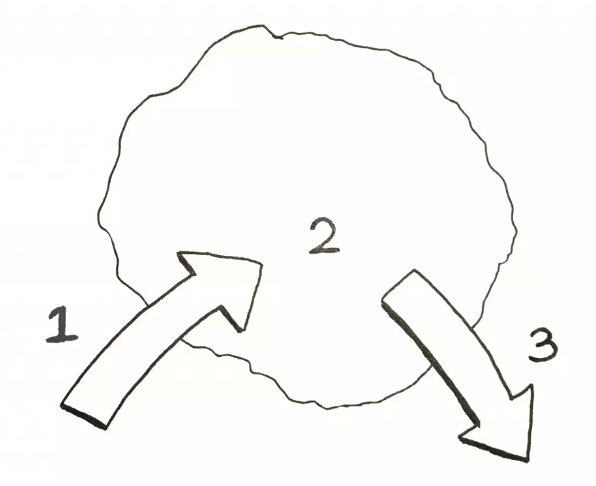
What does this mean for Espresso?
When making Espresso, you only have about 30 seconds to extract, which means that the large coffee particles are really just useless "fillers" that can't be extracted completely or evenly. Espresso coffee powder particles are usually very small so that the water can extract enough flavor substances in a short time. You may have seen my WBC 2013 game, where I will be applying Mahlkonig EK43 to Espresso extraction in a way that is more widely known (and not invented by me). It is important to use EK43 or other similar flat knife mills when making Espresso, because they produce a more uniform particle size distribution of the powder, thus ensuring that most (or even all) of the flavor substances are in consistent contact with water within such a short extraction time.
Don't worry, there will be more on this in a future Hustle.
What does it mean for filter coffee?
When making filter coffee (such as French press or hand brew), we use a lot of coarse powder, the reason for this is mainly related to the contact time of water powder. Filter coffee extraction time is much longer than Espresso, this is because compared to espresso machine with high pressure water pump can penetrate coffee powder and filter bowl extraction method in a short time, filter coffee extraction mainly depends on the gravity of water itself, water through coffee powder speed is much slower. Because of the longer extraction time required, we want to make filter coffee as much as possible to hide the coffee flavor substances in the particles to avoid excessive extraction.
Keep in mind that while you are waiting for the flavors inside the larger particles to be extracted, the smaller particles are still being extracted and will not stop. So you need to make a judgment-is waiting really good for you to extract more from these larger particles (yes, I'm talking sweet), or is waiting going to allow the smaller particles to be over-extracted (bitter and dry)? Make a wise decision!
is transferred from the network
Important Notice :
前街咖啡 FrontStreet Coffee has moved to new addredd:
FrontStreet Coffee Address: 315,Donghua East Road,GuangZhou
Tel:020 38364473
- Prev
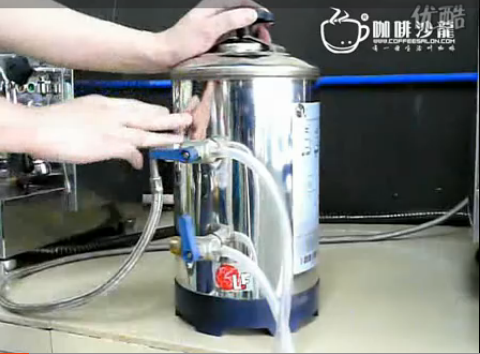
Coffee maker cleaning video teaches you how to clean the water softener
- Next
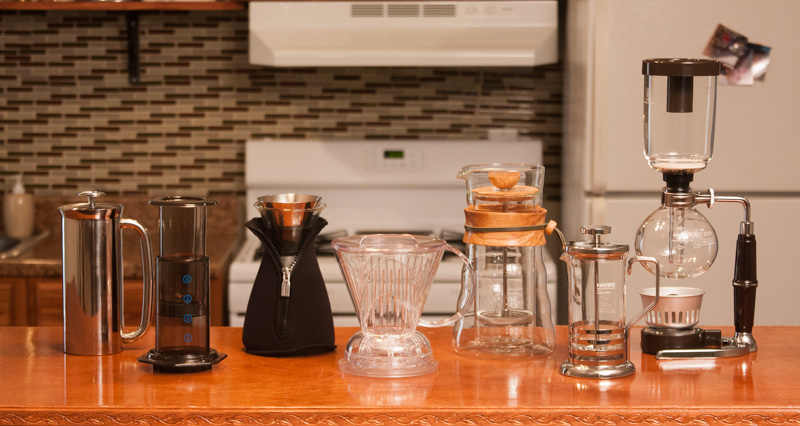
Analysis of three stages of brewing coffee at home simply brewing coffee at home
As more and more people like coffee, there are not a few people who make coffee carefully at home. The real coffee glutton not only pays attention to what beans to grind and what pot to use, but also pursues the taste of the environment and atmosphere. Although there are many coffee shops in every city, if you want to drink to your own taste, you have to cook it at home. People who have time to patiently make coffee at home are usually opposite to each other.
Related
- What is the meaning of lactic acid fermentation with coffee bean treatment?
- How to judge the state of foam by sound?
- How does the latte pull out the unicorn pattern? Come to get for a little trick to improve the flower pull!
- Will flower pulling affect the taste of the latte?
- Do you know the history of coffee?
- The difference between honey treatment and sun washing what is raisin honey treatment?
- What kind of milk can a novice use to make coffee foam to keep the foam longer? The correct method and skills of milking tutorial sharing
- Why do washed coffee beans taste sour? Flavor characteristics of washed Coffee
- Introduction to the skill of how to practice the size and height of water injection around the circle of hand-brewed coffee
- How do beginners practice coffee flower drawing from scratch?

